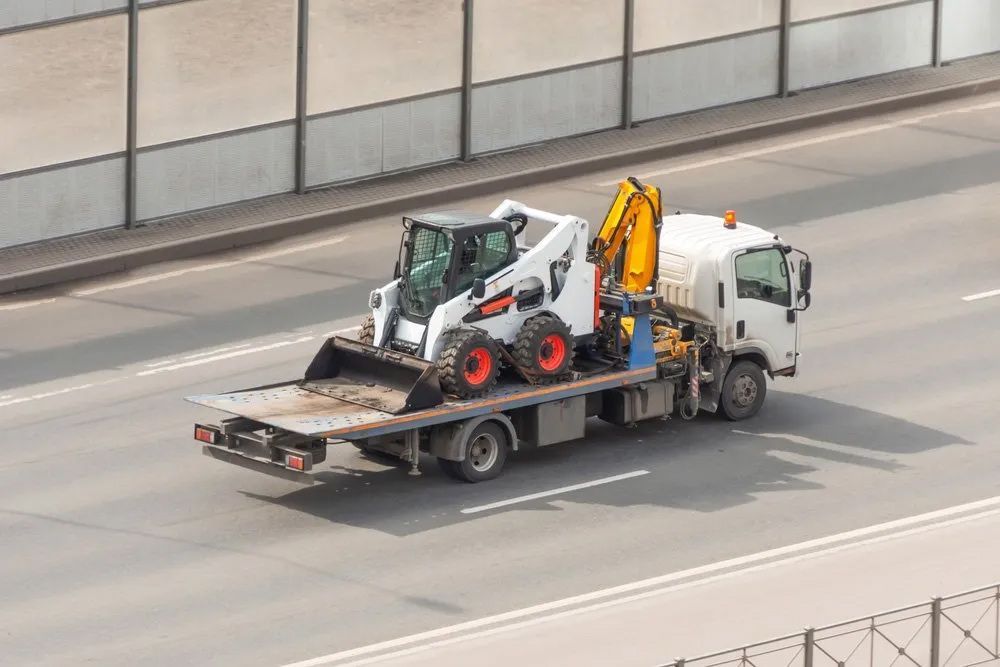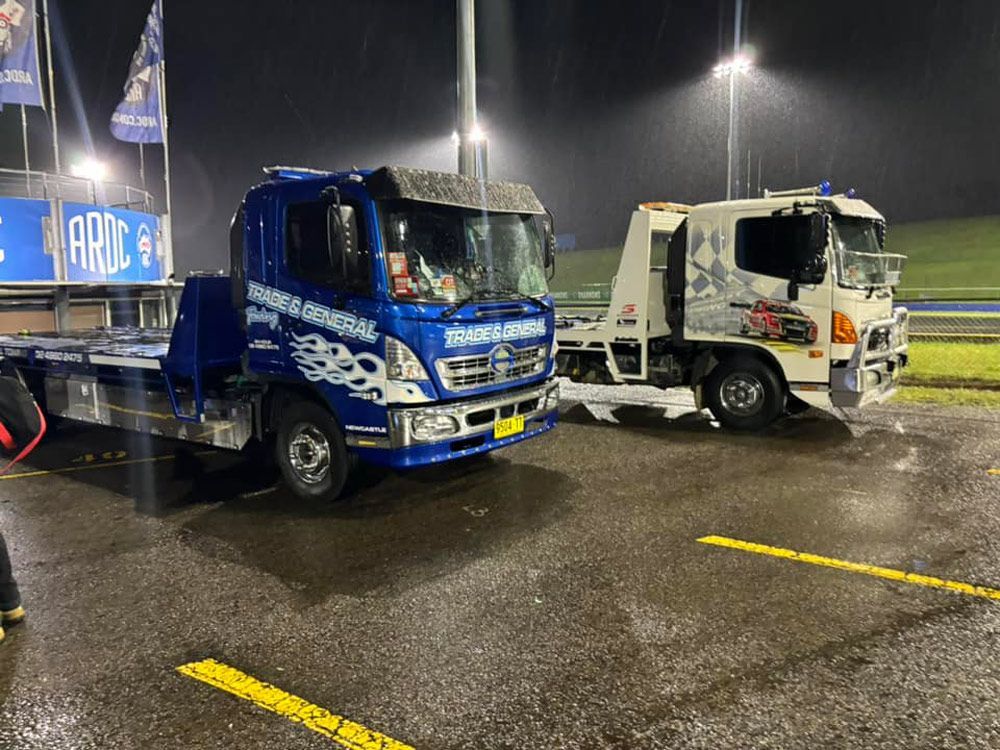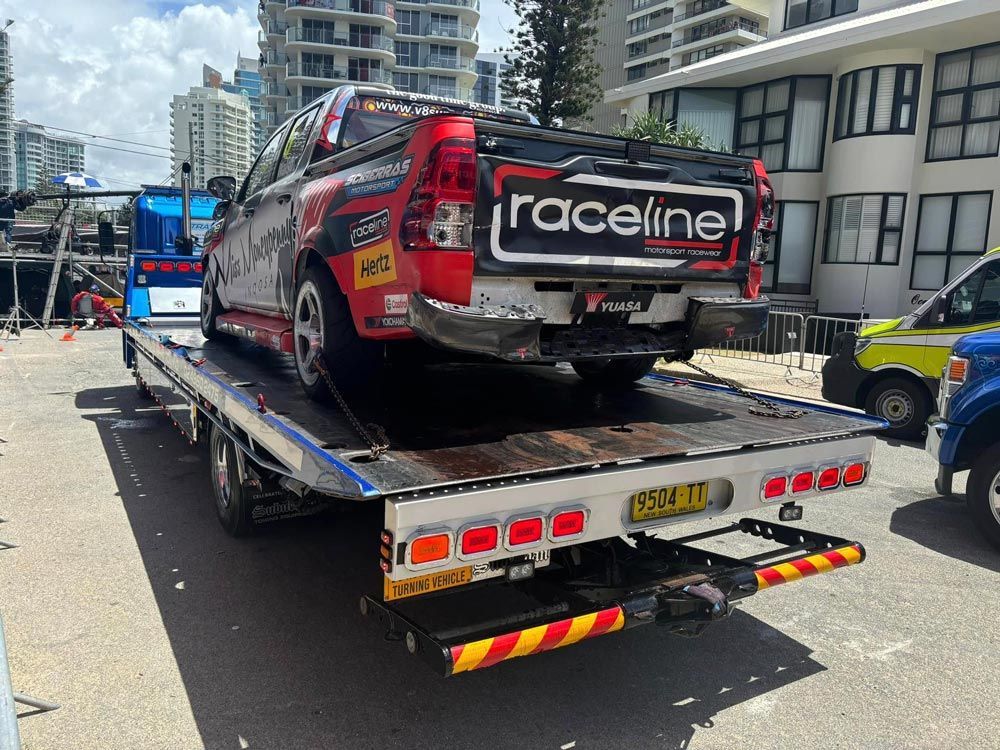How To Prepare Machinery & Equipment For Towing
The correct preparation of heavy machinery and pieces of equipment before they're towed can increase safety during transit, as well as reduce the risk of damage and even save money. To help machinery owners that need to get their vehicles transported from a to b, we've put together a checklist of tasks to complete before the tow truck arrives. These simple measures can make a big difference to the success of the
tow, particularly when considering larger, or awkwardly shaped, pieces of equipment.
Read the manual
The owner's manual that usually accompanies a piece of equipment when it's sold will contain valuable information about the best way to tow it safely. Along with details of the dimensions and weight, there will also be information on attachment points and pre-tow measures to complete. This information isn't just helpful for operators, it's also essential that your chosen tow truck operator is aware of these details.z
Talk to your towing company
The size, weight and type of equipment you need moving to a new location make a big difference to the way in which a towing company will approach the job. The type of towing vehicle that's going to be best for the job, the number of crew members required to load and unload the piece of machinery, the extra equipment that may be needed, the route chosen and even the involvement of local law enforcement (which is sometimes necessary when a wide load requires transit) are all determined by the characteristics of the load.
Contacting your preferred towing company in good time with the right information about the intended load optimises the chances that the towing process will go smoothly. In some circumstances, a member of the towing crew may wish to view the machinery in its current location, to help determine the right approach for a successful tow.
Remove any additional accessories
A load is most stable when its centre of gravity is low. Elevated crane arms, raised hydraulic arms or other moveable accessories that add height to the machine should, if possible, be removed prior to towing. Ensuring that unnecessary load height is avoided not only improves stability but also increases the route options available (as there's no need to avoid low bridges and similar barriers). In addition, the risk of elevated parts getting caught on passing trees or other obstructions at height at the side of the road is eliminated.
Move the equipment to an easily accessible location, if possible
A flat, easily accessible location that's got a solid surface and is free from obstructions is ideal for loading and unloading machinery that's going to be towed. Whilst a suitable tow truck can access inoperable machinery that's broken down on challenging terrain, if the machinery can be moved somewhere that's level and firm, it makes the job easier, safer and quicker.
Ensure the machinery is positioned so that it's as compact as possible
Wide loads require additional safety measures and cost more to transport in comparison to a load that's a standard width. Similarly, a tall machine is less stable and requires a specialist approach. If possible, position the machinery so that it's shaped as close to a low, cuboid as possible.
Prepare the cab for towing
Remove any loose items from the cab. If possible, cover switches, knobs and levers with bubble wrap or similar, to safeguard these delicate features during transit. Make sure that it's possible to secure the cab doors - if they fly open whilst the machinery is being towed, it could cause a nasty accident . If the doors won't lock or latch shut, use tape, rope or some similar measure to make sure they will stay closed.
Check the hand brake
If the piece of equipment possesses a handbrake, check whether it's operable. Most modern pieces of machinery have electric handbrakes that automatically stay deployed if the vehicle has lost power or is otherwise compromised. Equipment can be towed whether or not the handbrake is operational, but it's helpful for your towing company to know the condition of the handbrake so that they can bring a suitable tow vehicle and can work out the best way to move the equipment safely.
Clean off the undercarriage and wheels/tracks if possible
Although it's not always possible to ensure that the undercarriage is in pristine condition, it's easier to load a piece of machinery or a vehicle if it's not coated in mud and grime. Not only are clean wheels or tracks less likely to slip during the loading process, but attachment points (if there are any) are also more visible.
If you have any special requirements relating to your towing, remember to let the towing company know so that they can accommodate your requirements. To find out more about the best way to prepare your equipment or machinery for towing, or to book a tow,
call the team at
TG Towing .








